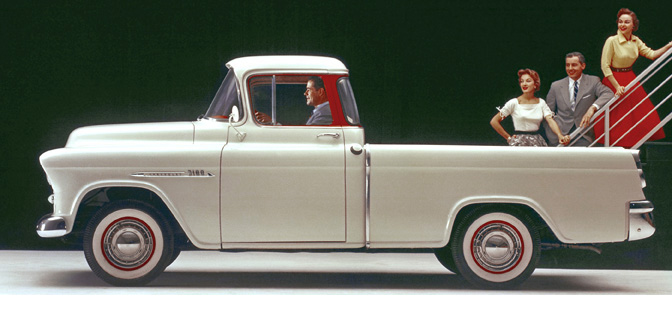
What’s A Fleetside Pickup Truck?
Did you know all pickups are “fleetside” trucks? What is a fleetside truck? Fleetside was the name Chevrolet gave its first wide pickup beds. Before 1958, all pickup boxes were narrow to accommodate separate fenders and a step for better access to inside the bed. In 1958, Chevy designed a new type of bed that extended the width, eliminated the step, and flushed the bed sides to the body for a more integrated design.
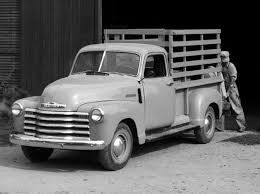
Since pickup trucks first came into use early in the 20th century they incorporated a narrow utility box with fenders to cover the tires. As pickups got larger the pickup beds did too, but always retained separate fenders and a step on each side to ease lifting items in and out of the box.
Refining Trucks After WWII
After WWII passenger car styling started creeping into truck design and by the early 1950s Chevy was adding extra windows behind the cab as an option, and also extra body trim options for a deluxe pickup aimed at upscale commercial uses.
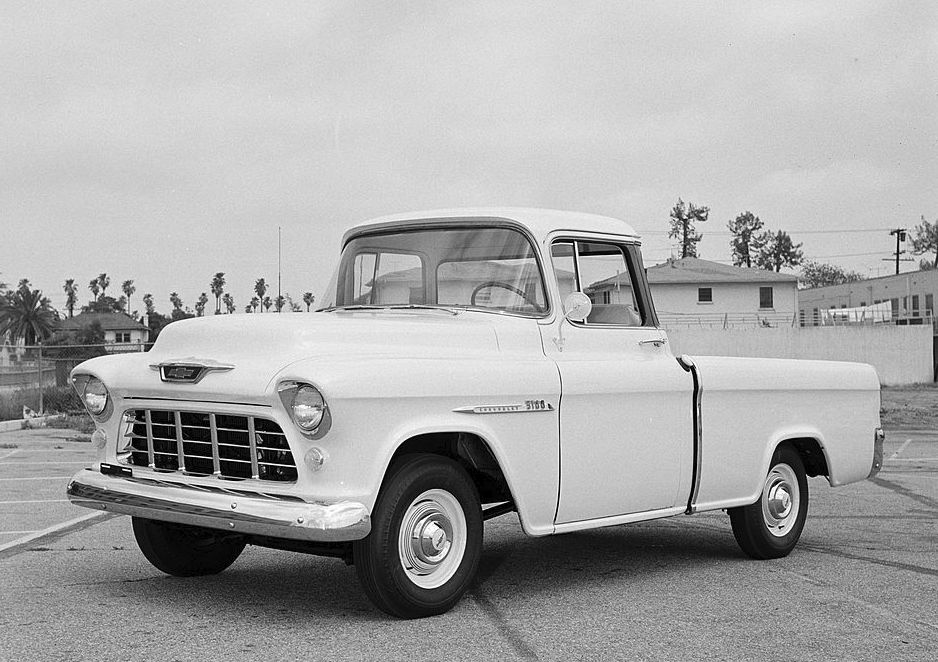
When the all-new Chevy trucks debuted in 1955 they featured wrap-around windshields, hooded headlights, and other styling features found on then-current passenger cars. It also offered a special “Cameo” pickup that featured fiberglass bedsides that were flush with the cab. The bed was still the narrow box found on all pickups, but with the fancy sides, it gave the look of a scaled-up car turned into a pickup.
Was Cameo A Fleetside?
Though not a huge seller the Cameo did pose the question, “Why not widen the bed to take advantage of the flush body/bedsides?” Indeed, there was plenty of room to add a foot to the width of the bed once the stylists eliminated the separate fenders and steps.
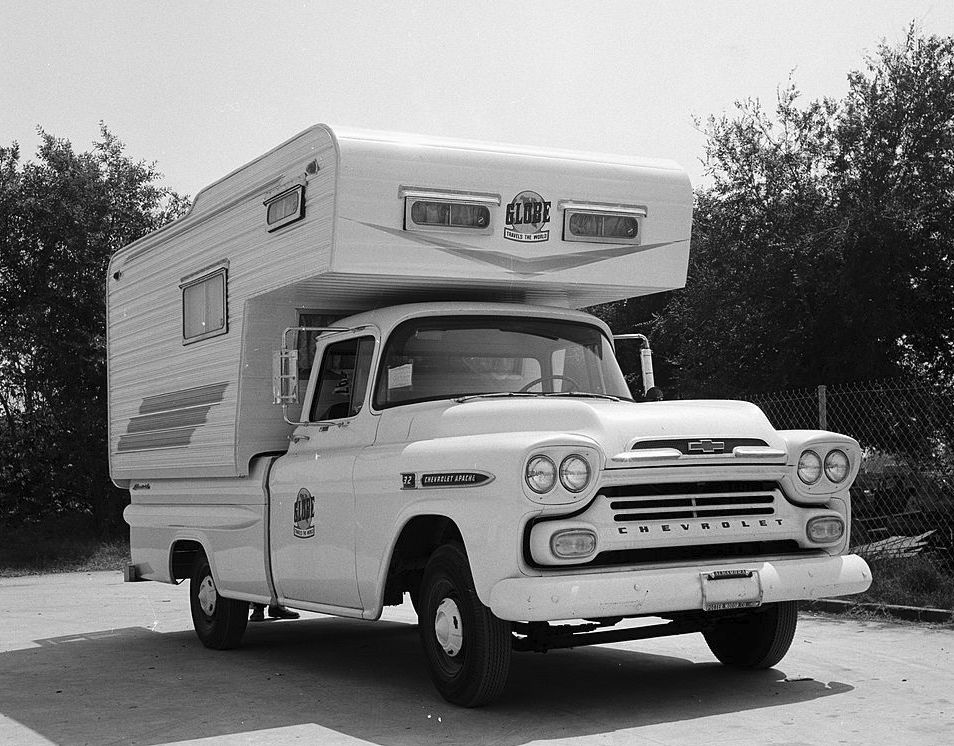
This became a precursor to the “Fleetside” pickup Chevy introduced in 1958. Now the bed tied into the stamped sheetmetal body sides much like the Cameo, but with a wider bed. Not only was the truck more attractive but it had a practical advantage, too.
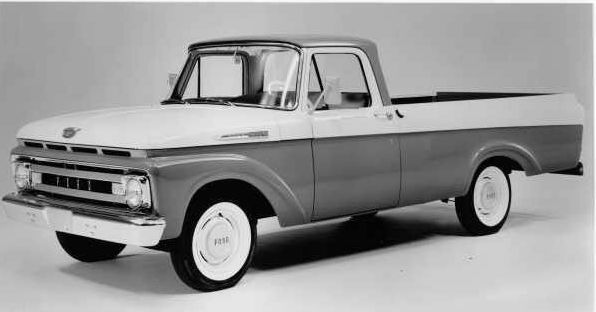
Ford also had a Fleetside-type of truck starting with its all-new 1957 F-100 pickups, but it retained the standard box. It wasn’t until 1961 that Ford offered its “Styleside” pickup with a wider bed and integrated bedsides. But, Ford went one step further with disastrous results.
Ford’s Fleetside Was Quickly Replaced
Ford’s all-new pickups tied the beds to the body. They were not separate as all truck beds had been, allowing for movement and torquing of the bed when loaded. Ford called it “integrated body” as these pickups had no separation between bed and body. Enthusiasts call them “unibody” today.
As these trucks found use in commercial applications and began hauling heavy loads, doors began springing open unexpectedly. The weight of the heavy loads was being transferred to the body which flexed. The bed needed to move separately from the body.
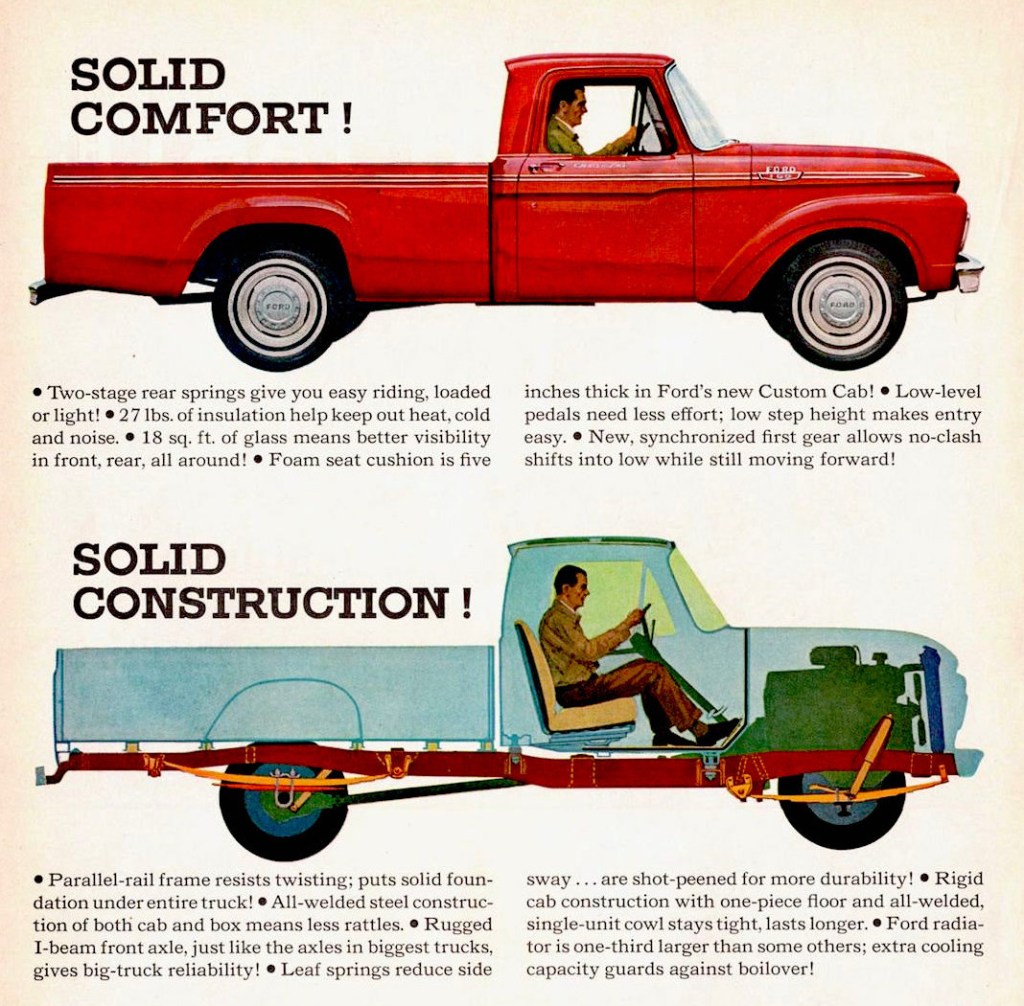
Ford quickly tooled a different body back for 1962 to start phasing out production of unibed trucks. The change was quick enough that Ford had to enlist its 1957-1960 beds which displayed the obvious styling mismatch. Enthusiasts call these versions “wrong bed” trucks.
By January 1963 the unibodies were discontinued. Most all trucks were for work purposes and didn’t need to be style leaders so the odd body/bed situation was not an issue. It wasn’t until 1964 that Ford offered a pickup integrating the bed styling to the body. It was a strange chapter in Ford’s pickup history.
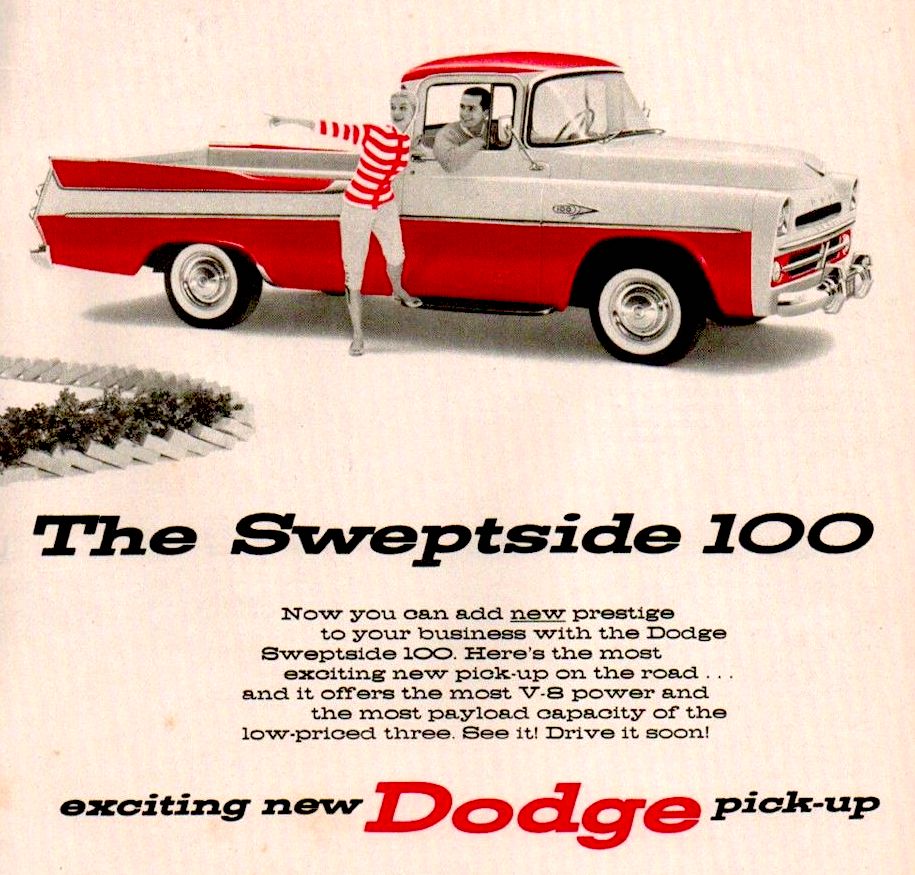
Dodge also developed its own Cameo-type pickup in 1957. The “Sweptside” pickup incorporated Dodge station wagon stampings to create a wild finned truck. The process of turning the wagon quarters into Sweptside pieces was labor-intensive, but it did give Dodge something to compete with Chevy for customers wanting that special elan in a Dodge pickup.
1959 Dodge Sweptline Fleetside
In 1959 Dodge finally debuted its Sweptline box. It wasn’t until 1961 that a completely-new Dodge pickup would arrive, the same year as Ford’s ill-fated unibed design.
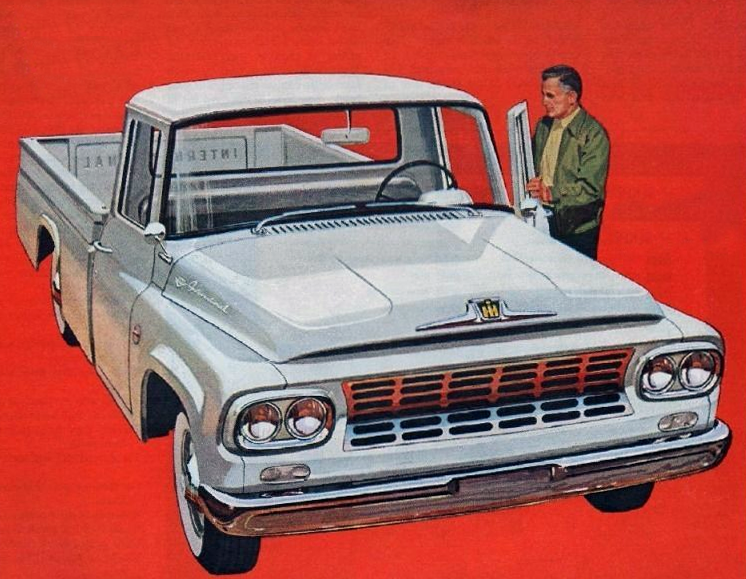
Studebaker and International had pickups too, but they were always strapped for cash. International debuted its all-new A-Series pickup with a Cameo-like fiberglass bedsides in 1957. A special Golden Jubilee Custom Pickup edition came in gold and white with special trim. It wouldn’t be until 1959 that International got a true fleetside it called “Bonus Load Bed.”
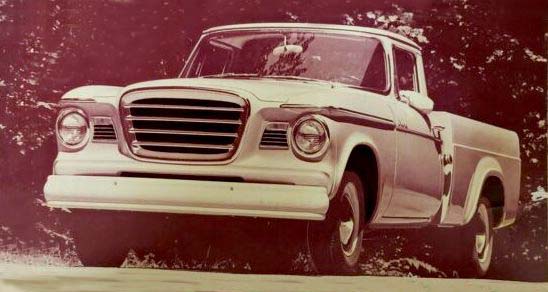
Rather than tool up a new bed Studebaker bought the bed tooling from Dodge since its new trucks debuted in 1961. Though the Dodge beds didn’t line up or match the Studebaker cab, like Ford’s “wrong bed” solution, it gave them a cheap way to offer a bed matching what the competition had, though the bed was the competition’s from previous years.
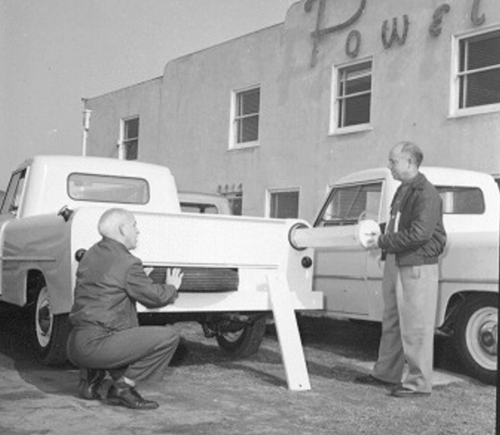
There was one more pickup manufacturer out of California in the mid-1950s that produced a unique truck fleetside-type bed in limited quantities. Powell used pre-war Plymouth passenger car engines and frames and assembled its own body and bed. But the boxes were still rather narrow because Powell incorporated a hidden storage area on each side of the bed for long objects like fishing poles and tubing.
Powell Trucks
About 1,200 Powells were built before the limited profits from breaking down old Plymouths and assembling new pickup bodies caught up with the small company.
Today all pickups are fleetside, with the last of the stepsides having been killed in the early 2000s. Even in the 1990s, it was rare to see any new stepside pickups.



